Why Use the Cut & Edit Page Voiceover Tools?
While DaVinci Resolve features the comprehensive ADR (Automated Dialog Replacement) toolset on the Fairlight page, designed for intricate audio post-production, it often involves a more detailed setup.
The Voiceover tools on the Cut and Edit pages offer a different approach: speed and simplicity. They are perfect for:
- Recording narration directly onto your timeline.
- Adding quick audio commentary.
- Creating temporary scratch tracks during the edit.
- Simple voiceover tasks without leaving your primary editing workspace.
Keep Your Audio Files Organized
Before you hit record, know that DaVinci Resolve helps you manage your generated media. When creating a project (or later in Project Settings), you can specify a ‘Project Media Location’. Any new audio recorded using the Voiceover tools will be automatically saved into organised subfolders within this location. This keeps all your project-specific files consolidated, making management and collaboration much easier. If you don’t set a specific location, files default to your primary media storage.
Recording Voiceover on the Cut Page
The Cut page offers a feature-rich Voiceover interface accessible directly from the Viewer.
- Access: Click the Voiceover icon (microphone) in the Viewer.
- Setup: Select your microphone input, choose the target audio track (often a default ‘VO’ track), and decide if you want a 3 or 5-second visual countdown before recording. You can also choose to monitor your mic input, the timeline audio, or both.
- Recording: Place the playhead or set an In point where you want the recording to start. Hit ‘Record’. The interface turns red while active. Click ‘Stop’ when done. The playhead conveniently snaps back to the start point.
- Retakes: Need another go? Use the ‘Cue’ button to return to the In point and press ‘Record’ again. New takes replace the old on the timeline, but all previous recordings remain accessible in the Media Pool.
- Built-in Prompter: Load a .txt script file directly into the tool. Enable the Prompter Overlay, adjust formatting (font size, spacing, etc.), and the text will scroll over your video during recording. You can even set In and Out points on the timeline to automatically time the scroll speed.
- Live Effects: Optionally enable Voice Isolation, Dialog Leveler, and Stereo Fixer during recording to clean up audio from less-than-ideal environments or sources on the fly.
Recording Voiceover on the Edit Page
The Edit page provides a more compact, but equally effective, Voiceover tool.
- Access: Go to the Timeline menu and select Record Voiceover, or click the microphone icon on the timeline toolbar.
- Setup: Define a file name (or use the default), select your audio input device, and choose the destination audio track (or let Resolve choose automatically).
- Recording: Position the playhead where you need the audio to begin. Click the large Record icon to start, and click it again to stop. Like the Cut page, the playhead returns to the start for easy playback or retakes. Previous takes are saved in the Media Pool.
- Additional Options (3-Dot Menu): Enable input monitoring (with level control), add a 3-second visual countdown, mute timeline audio during recording to prevent distractions, record in stereo if needed, or even hide setup options for a simplified interface.



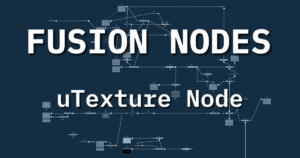
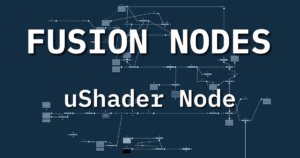
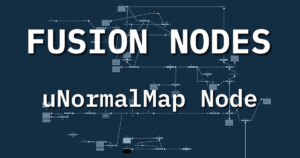

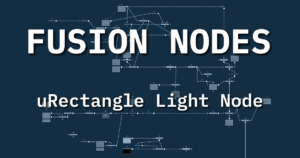

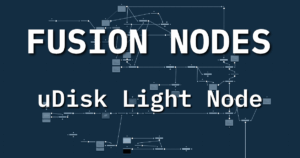
Start the discussion at postprolist.com